what are the best minimalist shoes for runners?
The popularity of minimalist running shoes might have you intrigued and wondering if they’re right for you.
Although the go-to choice has been a traditional running shoe due to support and ample cushioning, many runners are making the shift to experiencing a more natural and lightweight running experience - and that’s where the minimalist running shoe comes in.
As a study by D'Aout (2009) stresses:
"Footwear that fails to respect natural foot shape and function will ultimately alter the morphology and biomechanical behavior of the foot."
This is always the goal of minimalist footwear, to allow your foot to function in their natural form.
Therefore, I have included some of the best minimalist running shoe options for both men and women below!
HERE ARE SOME REASONS, BASED OFF OF PEER-REVIEWED JOURNALS AND BACKED BY SCIENCE RESEARCH, THAT MIGHT MEAN MINIMALIST SHOES ARE THE BEST RUNNING SHOES FOR YOU!
- Minimalist shoe runners land in a more plantar flexed position at the ankle which means that the peak vertical force that the ground sends up to the body is greatly diminished.
- Shorter stride lengths - meaning you are able to run faster and reduce impact
- Ground contact time is significantly shorter which means you are running faster!
- Increased stride frequency when wearing minimalist shoes
- A higher VO2max (about 2.8% higher) has been associated with minimalist shoe runners.
- Increased heart rates and perceived exertion rates (i.e. the amount of effort you believe you are putting forth) are significantly higher in runners who wear regular running shoes.
- Minimalist shoe runners use about 5% less energy than 'traditional' shoe runners. This means big efficiency increases in longer running events such as the marathon.
- Running with a forefoot strike leads to less stress placed on the knee, joints and lower back thereby reducing pain that runners commonly feel in those areas.
- There is a significant decrease in the impact forces that are placed on the body during each running stride.
It has been proven that there is a significant decrease in plantar fasciitis injuries in minimalist shoe populations.
This is due to the medial longitudinal arch in the foot being shortened as it naturally should be and the musculature surrounding the fascia being strengthened and taking on more of impact forces distributed from the ground instead of it being solely focused on plantar fascia.
A NOTE ON BAREFOOT RUNNING:
First of all, don’t get confused about barefoot shoes and minimalist shoes. They are both shoes and they are terms used interchangeably that are really the same thing. So a “barefoot shoe” does not mean no shoe at all.
In fact, I don't suggest going completely barefoot for the following reasons:
- Exposure to sharp objects
- Un-welcomed surfaces
- Unsanitary conditions
Now these reasons won't be convincing to everyone so if you really feel that the only way to set yourself free is to completely ditch the shoes then at least wait until your feet have developed some callouses.
This can be done by running increasingly longer and longer distances without shoes.
SOME PROBLEMS THAT HAVE BEEN ASSOCIATED WITH NON-MINIMALIST RUNNING SHOES
1. THE BIGGEST PROBLEM WITH RUNNING IN MORE TRADITIONAL SHOES IS THAT THEY CAN DIMINISH SENSORY FEEDBACK FROM THE MECHANORECEPTORS OF THE FOOT TO THE BRAIN.
These mechanoreceptors help in proprioception or notifying the body of where it is at and how it should be landing when it runs and then it adjusts our landing accordingly.
However with the big cushion that is placed on the bottom of the shoes and especially at the heel, these mechanoreceptors are not allowed to function properly and are ultimately turned off.
This therefore, decreases muscle involvement, which creates weak foot musculature which can ultimately lead to injury.

2. THE ARCH SUPPORT THAT IS FOUND IN ALL TRADITIONAL RUNNING SHOES IS INTERFERING WITH THE NATURAL MOVEMENT OF THE ARCH TO FLATTEN AGAINST THE GROUND UPON CONTACT.
Manufacturers though have put a lovely little arch 'support' in to help keep your arch up.
This is not how we were made to run.
Upon ground contact our arch naturally tends to flatten towards the ground helping to disperse forces. What is the result of too much arch support?
An alteration in the natural function of the foot and a weak arch.
This leads to one of the most common running injuries: plantar fasciitis.
A list of the most common running injuries can be found here.
This page talks about the most common foot injuries found in runners.
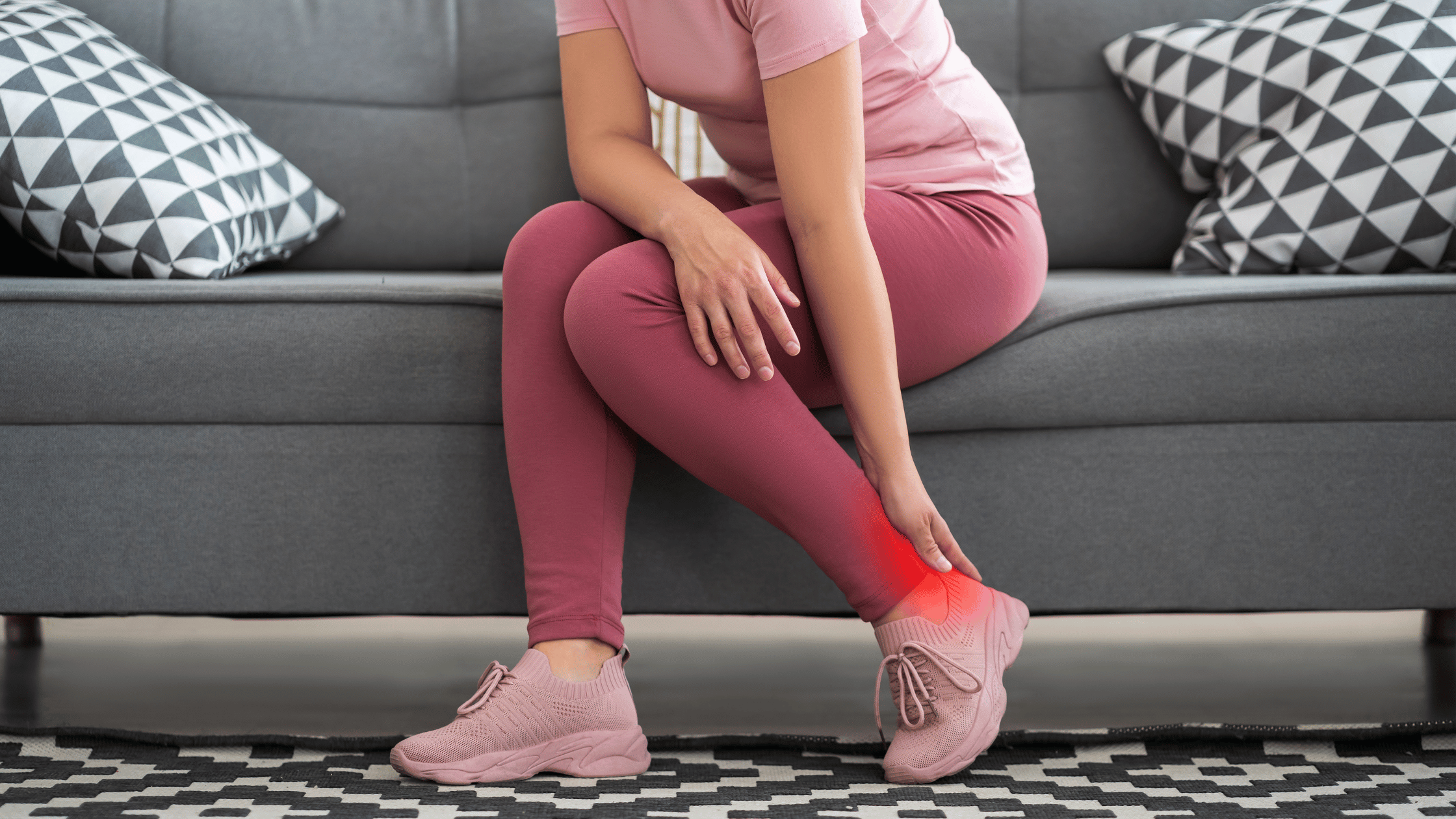
3. THEY DO NOT ALLOW THE TOES TO SPREAD OUT AS THEY NATURALLY WOULD WHEN YOU ARE NOT WEARING SHOES, DUE TO THE LIMITED ROOM IN THE TOE BOX.
Upon ground impact, your toes should splay out allowing your foot to stabilize itself and to help diminish the concentration of the impact forces.
Think of yourself doing a handstand. Your fingers would spread out over the ground to give you more balance and stability.
It is the same for the foot, except that in traditional running sneakers, the toe box is much too small to allow the toes to properly splay out.
This is especially bad news for the big toe as it is responsible for giving the foot the majority of its stabilization and balance. Wide toe boxes allow for this spread.
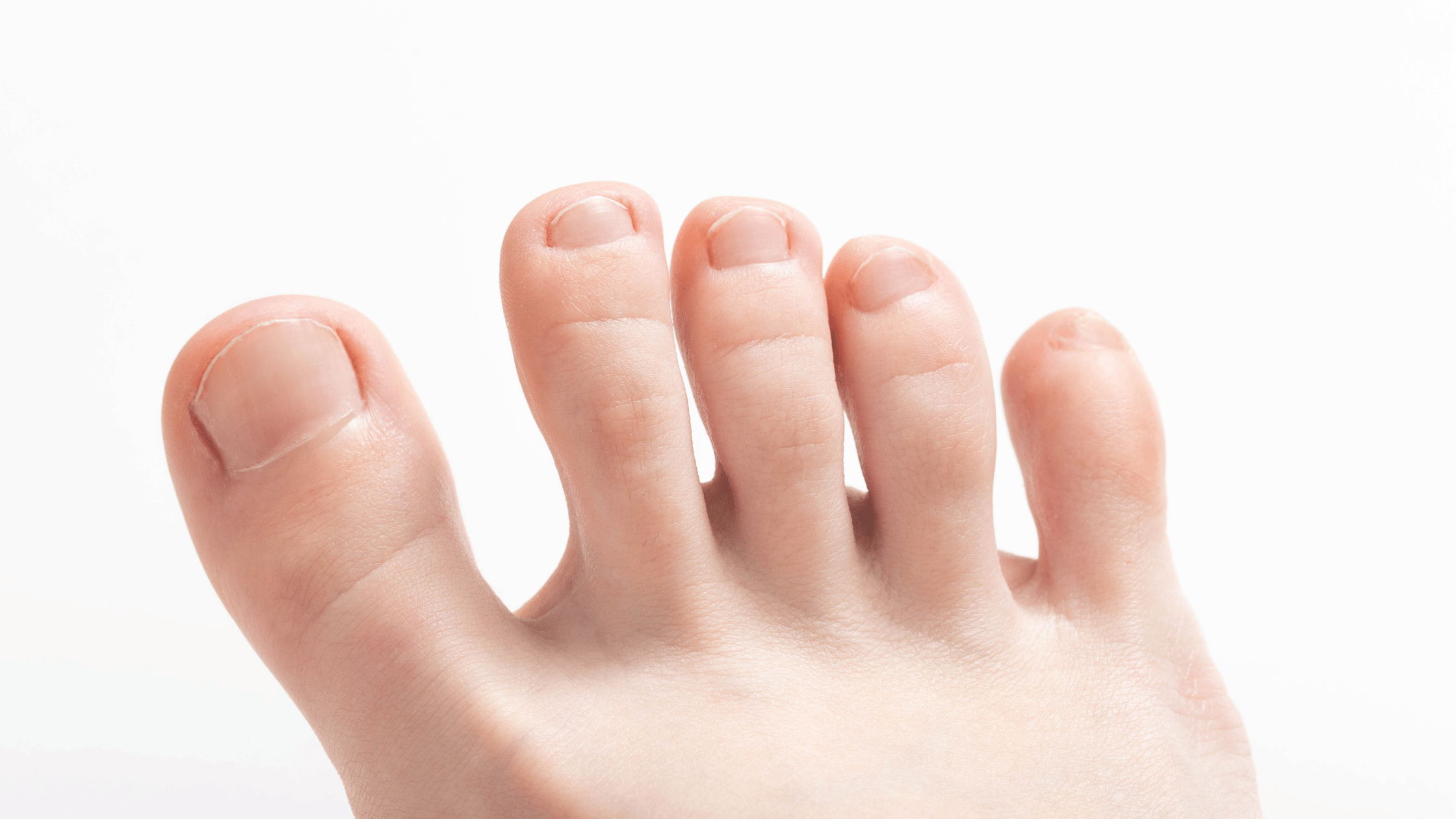
4. SINCE YOUR TOES ARE UNDERGOING A CERTAIN AMOUNT OF FOOT BINDING, THIS FOOT BINDING ULTIMATELY PUSHES YOUR BIG TOE JOINT OUT WHICH EVENTUALLY CAN CAUSE BUNIONS AND A LOT OF THE TIME VERY PAINFUL BUNIONS.
Did you know that bunions are unheard of in barefoot populations?
If you do notice bunions forming, toe spacers and a more minimalist-styled running shoe will help to spread those toes out and begin to straighten out your big toe to re-correct the bunion.
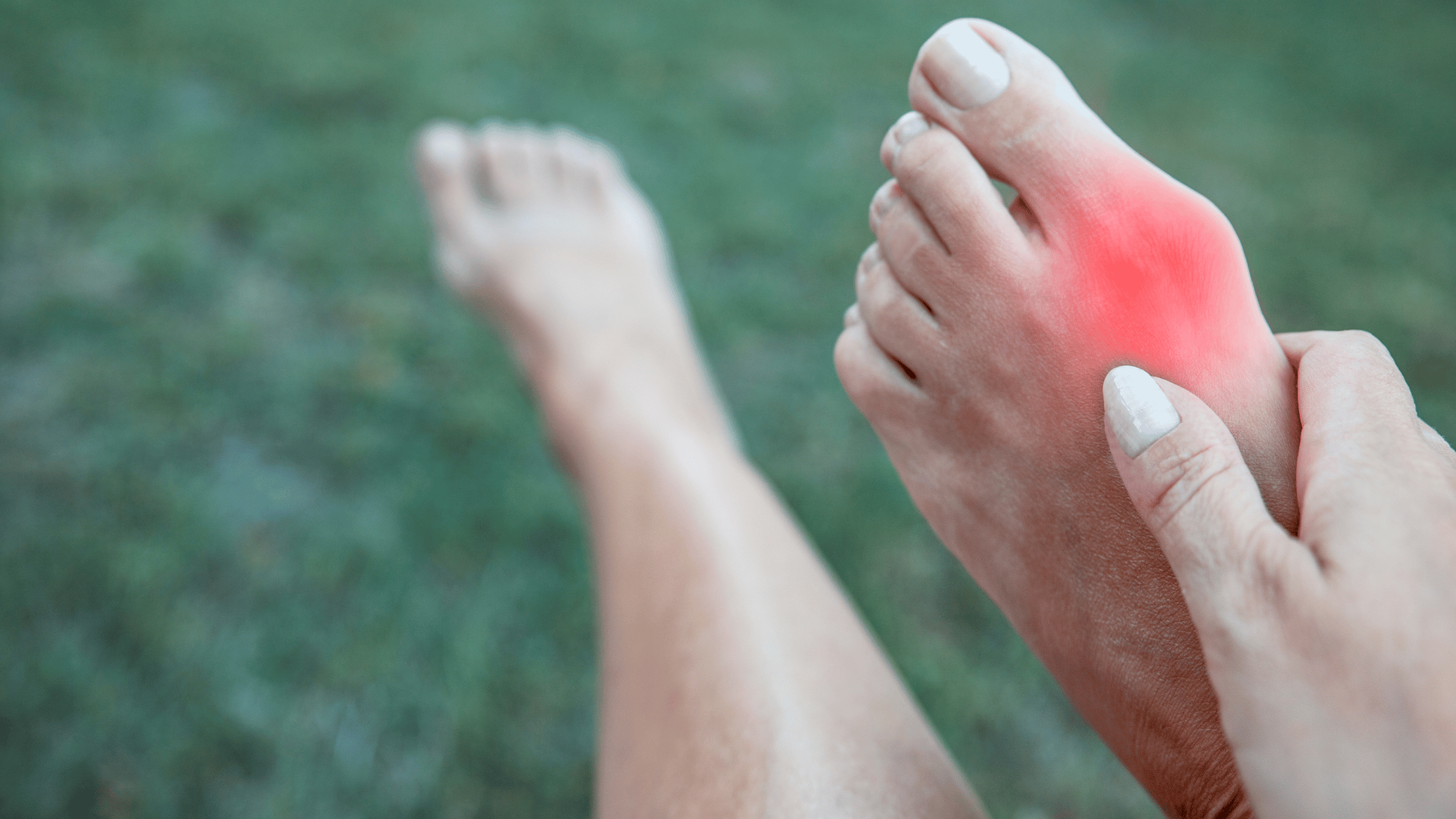
5. THE HEELS ON RUNNING SHOES CONTRACT AND SHORTEN THE MUSCLES IN THE BACK OF THE LEG, NAMELY THE GASTROCNEMIUS AND SOLEUS MUSCLES.
This shortening of the calf muscles in the lower legs causes the foot and ankle to increase its pronation.
This condition is treated by prescribing even more cushioning, more motion control, more "shoe" and does not allow the foot to heel and return to its normal pre-injured state.
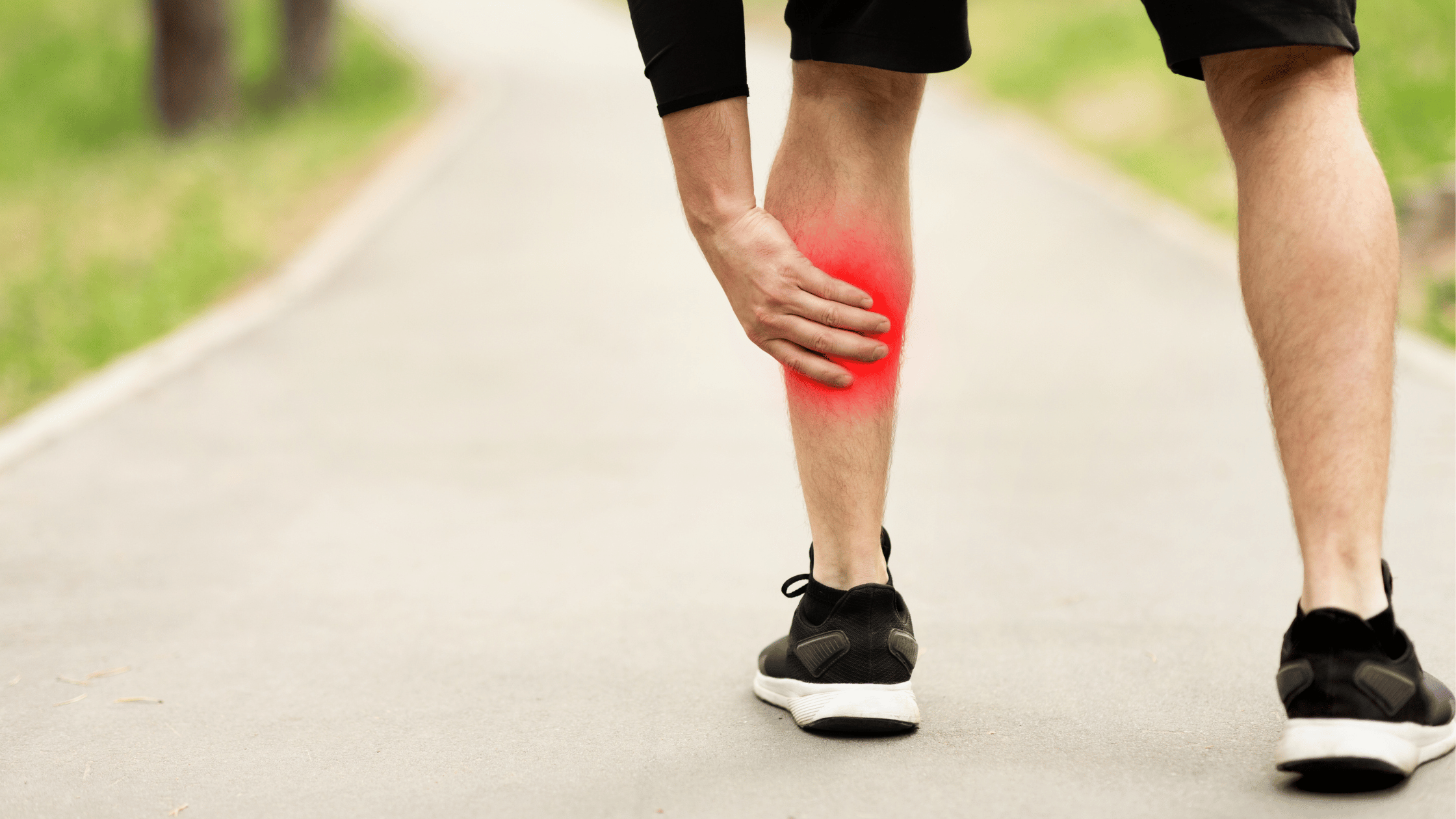
6. THERE IS A LARGE HEEL TO TOE DROP.
Most traditional running shoes have a 6 to 13 mm drop. (Looking at the outside, bottom part of the shoe, “drop” refers to the distance from the front toe area to the back heel area.)
A minimalist shoe will have a drop ranging from 0 (zero drop shoes - These shoes are completely flat.) to about 4 mm (low drop shoes).
Having a low heel-to-toe drop helps to align your knees, hips, lower back, giving you better posture.
It distributes your weight evenly, it helps you have better form which ultimately leads you to having less impact on your body.
It will help bring your Achilles tendon into play, strengthening it so as to protect it more from common Achilles injuries.
If you have Achilles Tendonitis these are the best shoes to help treat the issue.
SOME PROBLEMS ASSOCIATED WITH MINIMALIST RUNNING SHOES
1. FEET ARE EXPOSED TO MORE UNDESIRABLE OBJECTS ON THE GROUND.
You need to get your feet used to sensing, feeling, adjusting and functioning as they were made to function.
When you take a pair of minimalist running shoes out on a run for the first time, that ground feel will be noticeable!
With the less cushioning and overall design, you will be able to feel every little thing beneath your feet and that does take some getting used to. -You’ll definitely want to stay away from rough terrain for quite awhile!
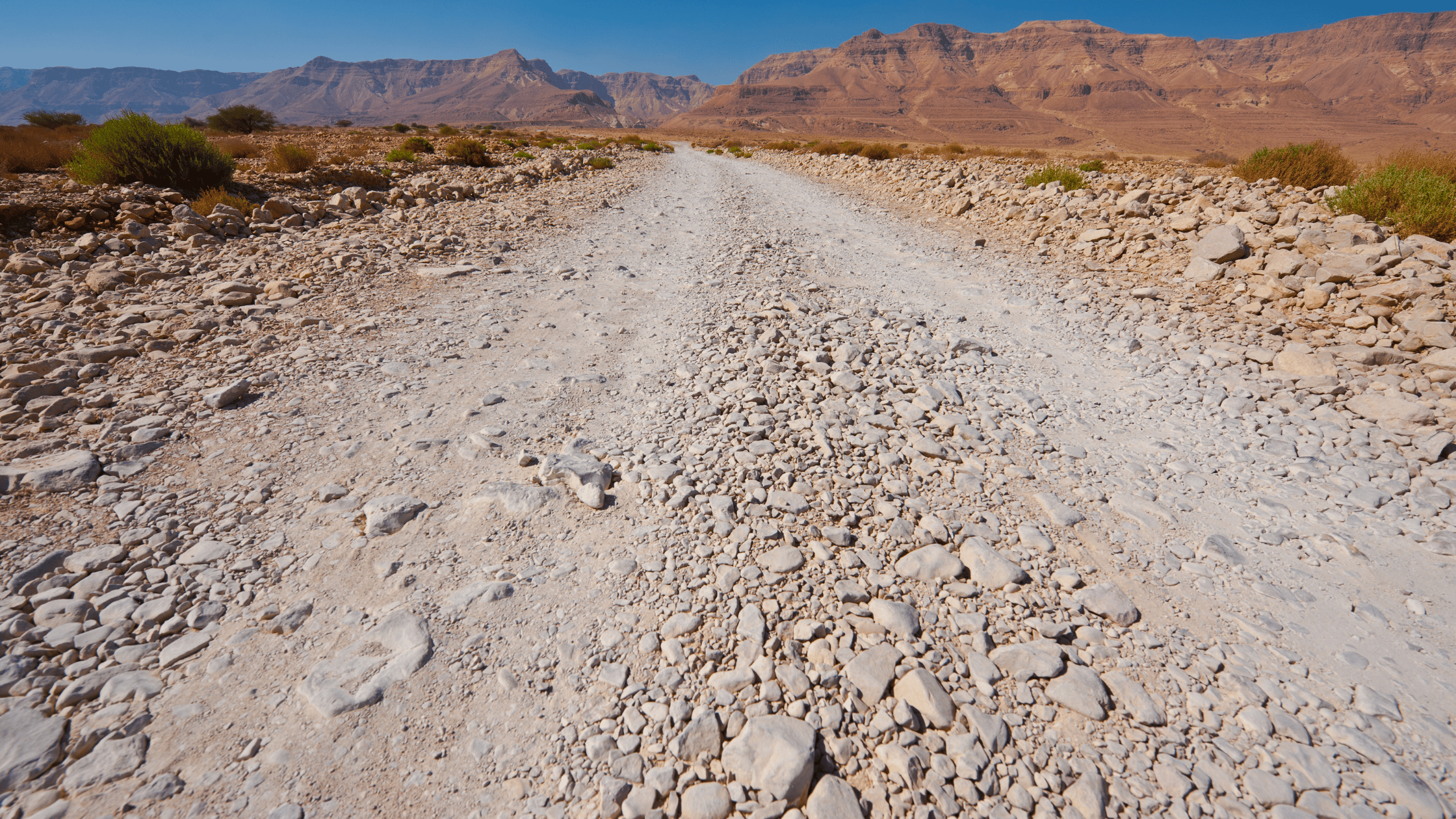
2. YOU HAVE TO BUILD STRONG FEET IN ORDER TO BE ABLE TO RUN WITH A MINIMALIST SHOE.
As a runner though, who wouldn't want stronger feet?
You can do this by incorporating some freestyle foot moves to help build foot strength or by even just walking around the house barefoot!
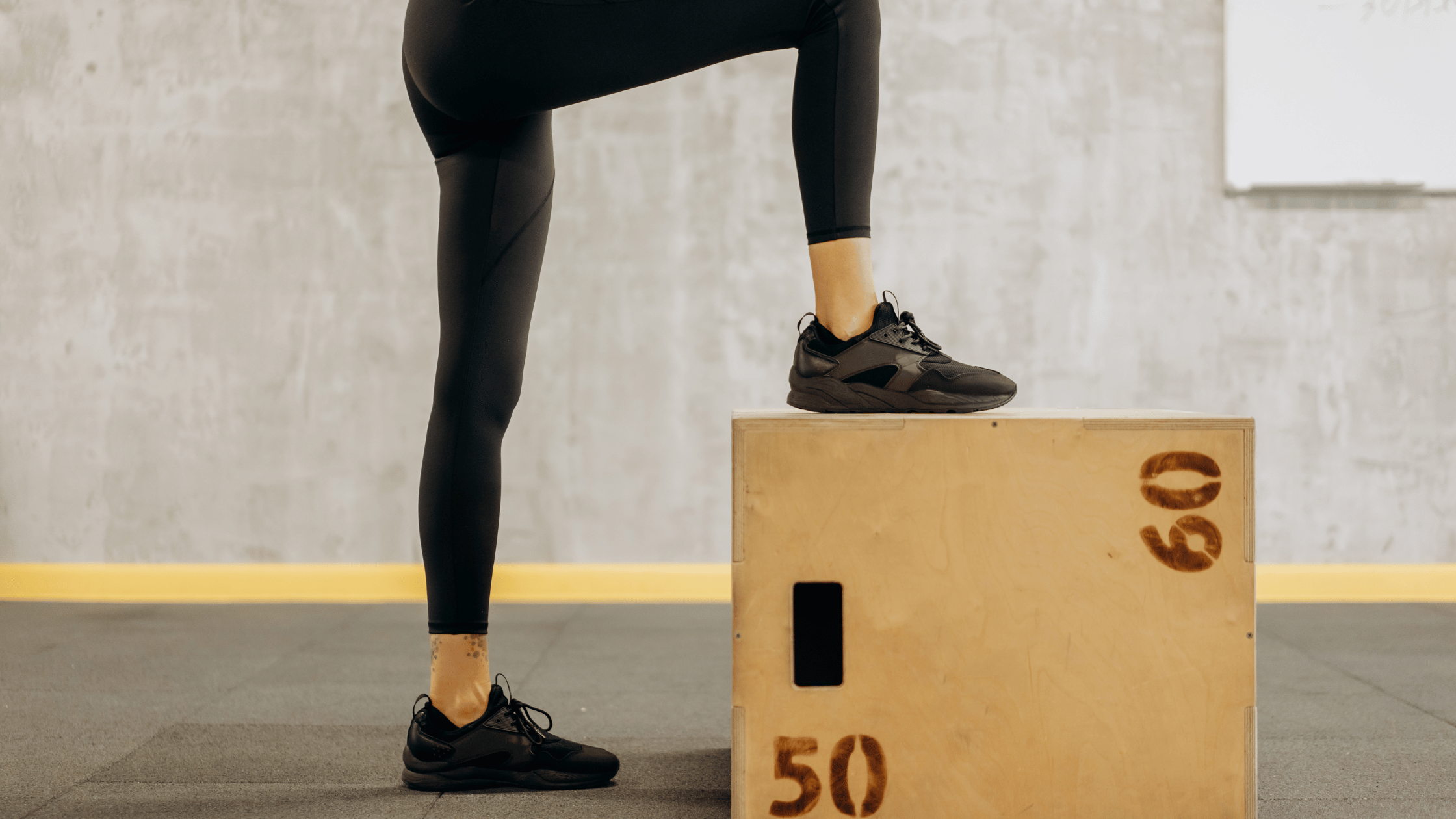
3. IT TAKES TIME TO FULLY TRANSITION TO RUNNING IN MORE MINIMALIST RUNNING SHOES.
Having an injury-free body, better running form, running economy, and functionality is well worth the effort and time though!
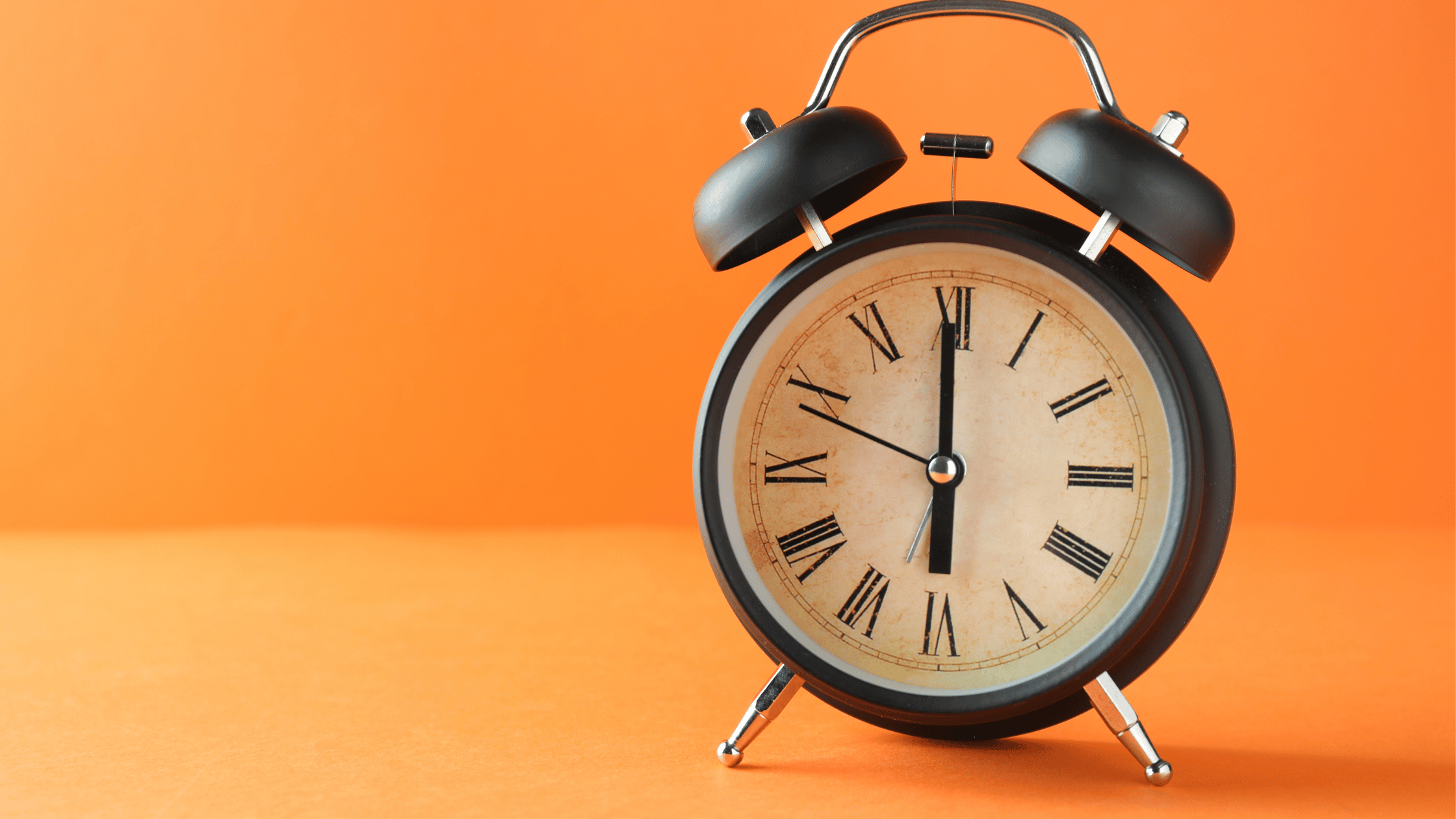
4. RUNNERS WITH FLAT FEET OR HIGH ARCHES OR OTHER FEET PROBLEMS MAY HAVE ADDITIONAL CHALLENGES
Admittedly, minimalist running shoes can create injuries and challenges for those who have flat feet or high arches.
Additionally, those who experience bunions, hammer toes, or plantar fasciitis might not be good candidates for minimalist shoes.
The forefoot or midfoot striking produced by minimalist shoes can create more strain on the Achilles tendon which can cause pain.
Now this doesn’t mean those who have these conditions should forgo minimalist running shoes.
If you’re flat footed, depending on the type or severity of your flat feet, the lack of support can be a source of injuries.
According to Dr. Armstrong, a podiatrist at Athletic Lab, those with rigid flat feet already have tight Achilles tendons and the prolonged midstance stance during running can encumber the plantar fascia leading to potential injuries. (Cate Young, Minimalist Shoes and Flat Feet: Not Always the Best Pair, Athletic Lab website, May 19, 2012)
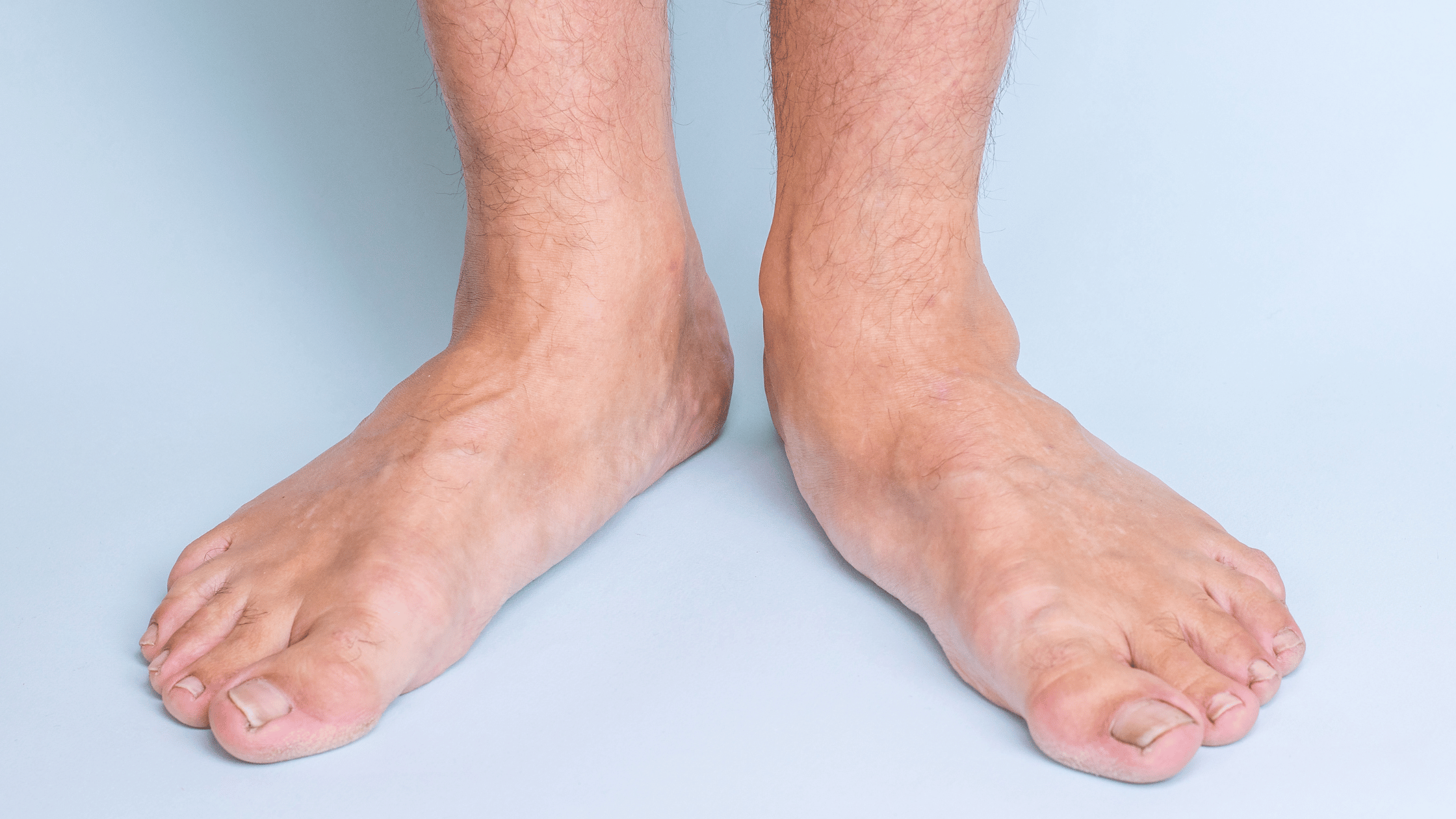
The key to having success is to take it very slowly.
Gradually strengthening your arch muscles will prepare you best for transitioning to a minimalist shoe.
Here’s some beneficial exercises that target those with flat feet to get you started.
Those who have high arches have to deal with the possibility of stress fractures, plantar fasciitis and shin splints due to the high impact. Interestingly though, the heel-strike gait that naturally occurs with a traditional running shoe is particularly bad if you have high arches.
Minimalist running shoes will help strengthen these muscles for those of you who have high arches but, again, gradually strengthening them by implementing additional exercises provides the best solution.
To target the arch muscles, check out this comprehensive guide that includes arch strengthening exercises.
TRANSITIONING TO MINIMALIST SHOES
There’s no point in me reinventing the wheel.
Read our tips on transitioning to minimalist shoes here and take action with our transitioning plan.
Alright! Let's talk about the best running shoes for men and women! Are you ready?!
BEST MINIMALIST SHOES FOR MEN
- Xero HFS Running Shoe -These lightweight shoes are the top pick in the Xero shoes brand. The HFS stands for “Highly Flexible Sole” which complements the natural movement of your foot.
- Xero Prio Men's Running Shoe - This is considered to be an entry-level minimalist shoe and a durable one at that. Not wanting to replace your shoe any time soon, wear with confidence as Xero has a 5000-mile sole guarantee.
- Merrell Vapor Glove 5 Men’s Sneaker - Looking for a more budget friendly shoe? Look no further as these are one of the best options for those looking to save a little.
- WHITIN Men's Cross-Trainer - And here’s another great budget minimalist shoe.
- Vibram V-Run Men's Running Shoe - The Fivefinger line really gives you that barefoot experience with their toe designed shoes. -And their 100% natural rubber sole will provide grip no matter what conditions you run in.
- New Balance Minimus 10v1 - These cross training minimalist shoes have you covered for weight lifting, fitting in some high intensity training or supplementing your runs with some light trail running.
- Altra Lone Peak 7 - If some of your running is on dirt roads or trails, these are all the rave. If you only run on pavement, these will wear out quicker with the constant rubbing on the hard surface.
- Vivobarefoot Primus Lite Knit Shoe - Those of you with wide feet will appreciate the wider toe box of these shoes. Combined with the thin outsole and overall minimalist design, this is considered one of the best barefoot running shoes.
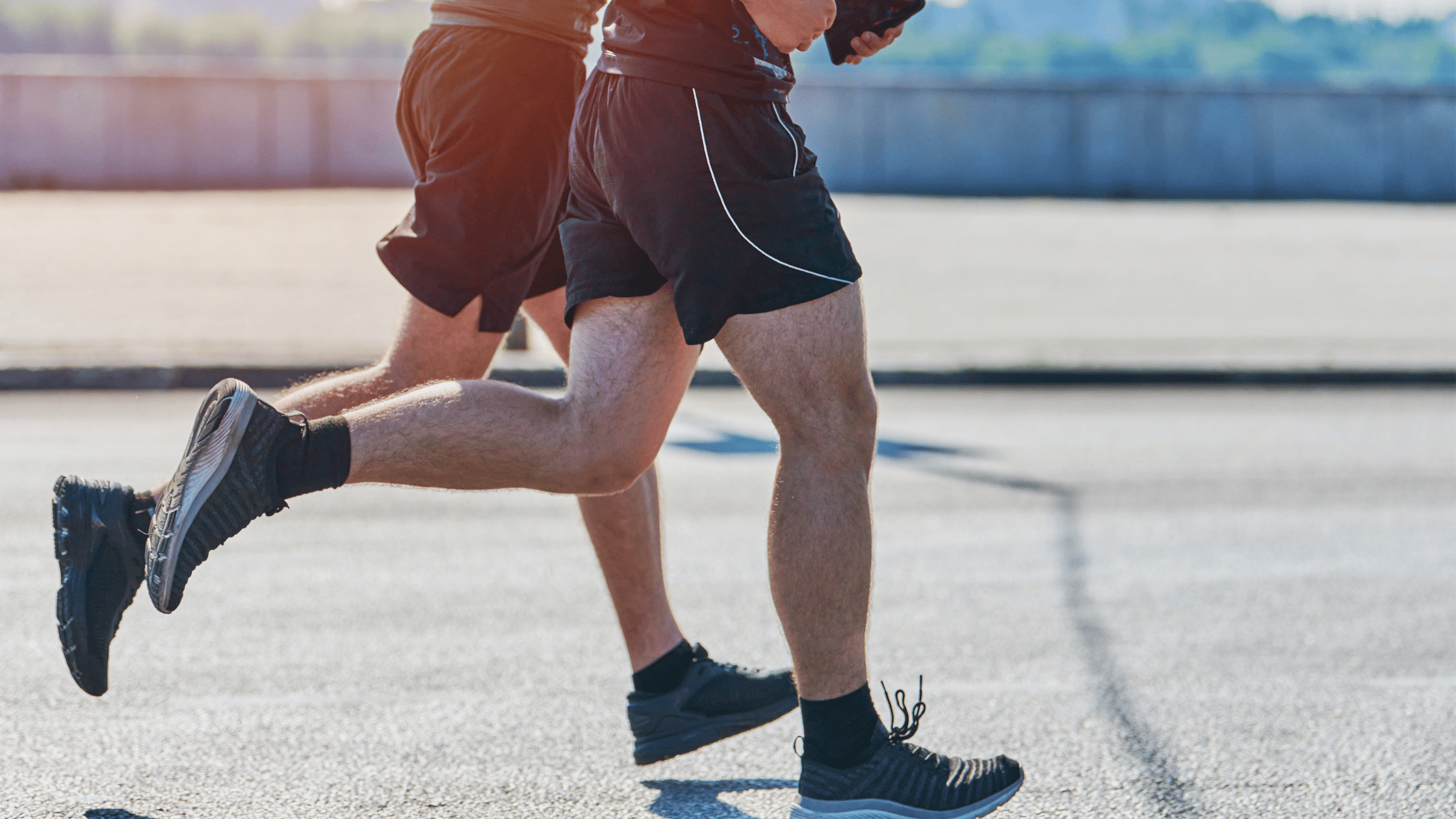
BEST MINIMALIST SHOES FOR WOMEN
- Xero HFS Running Shoe - Here’s the women’s version of this highly popular shoe. -And if fashion is your thing, no worries with the colorful options!
- Xero Prio Women's Running Shoe - The ample rubber sole provides good protection making these a good transition shoe.
- Merrell Bare Access Women's Running Shoes - These trail running pair of shoes will wear out faster when used to run on pavement but at the great price, you’ll be able to replace them every so often.
- WHITIN Women’s Minimalist Barefoot Shoe - A zero drop, another budget friendly option!
- Vibram Fivefingers KSO EVO Women’s Running Shoe - These high performance shoes definitely give you that barefoot vibe with their toe design. Wearing them around the house will help make the transition.
- Vivobarefoot Women’s Low-top, UK Wide -Breathable, flexible, lightweight - these shoes are highly rated making them a definite consideration.
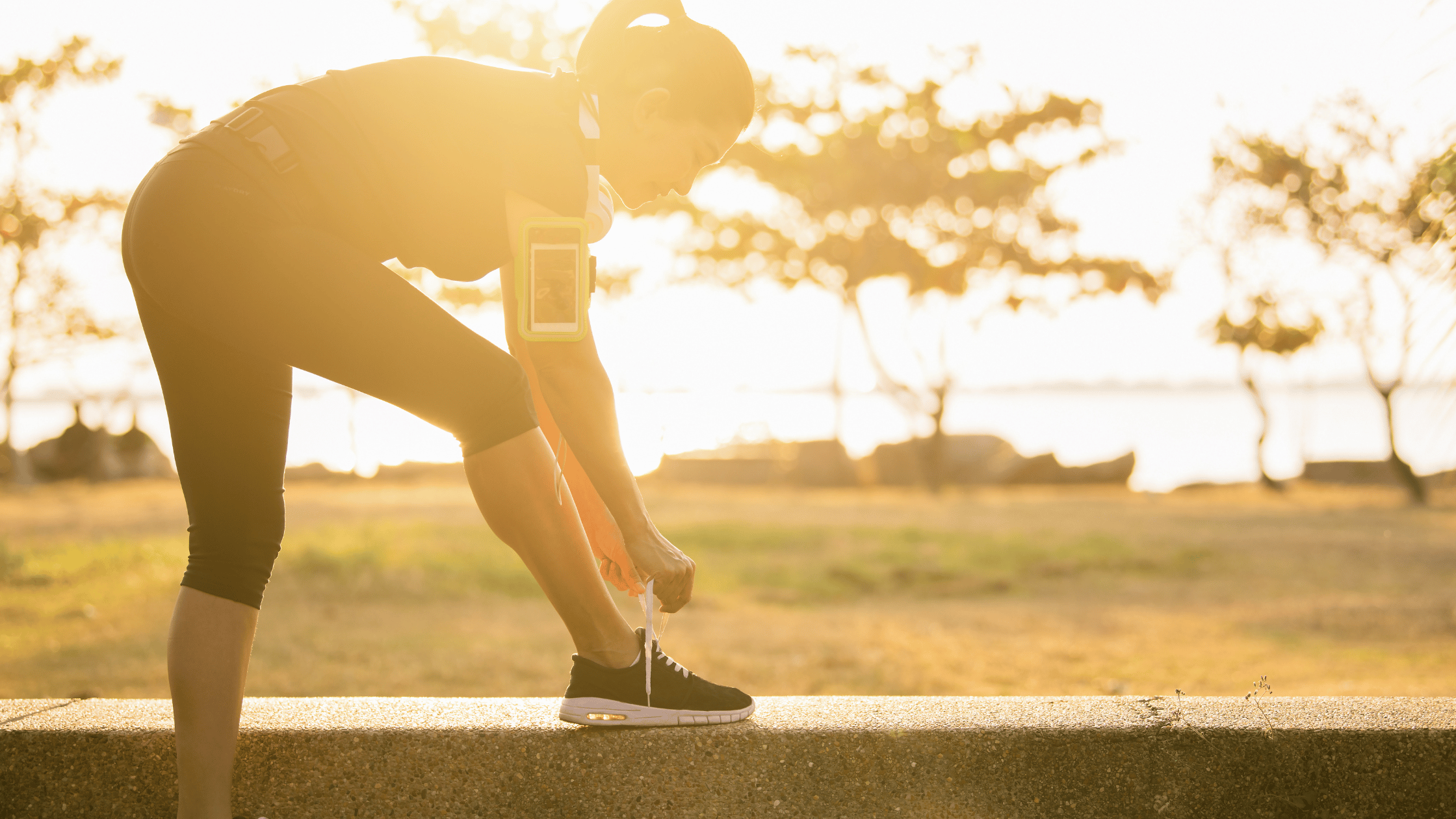
WHAT I CURRENTLY RUN IN
Of course, alternating between traditional and minimalist shoes is also an option -and maybe even the best of both worlds.
Switching out your shoe type based on your workout and/or terrain might be the best course of action and the way to go for you.
As for me, for shorter runs, cross training/strength training workouts and track/speed work, I do really enjoy my minimalist Xero HFS Running Shoes! They are extremely comfortable for even just wearing out and about! The wide toe box is the best feature!
Now for long runs I love having a bit more cushion when running, particularly the marathon, and so I usually opt for a pair of New Balance shoes with anywhere between a 4 to 8mm heel-to-toe drop.
Currently I run long distances (and especially out on gravel roads) in either:
However, I do have my eyes on the women's Brooks Ghost 13 running shoes because it's hard to ignore those stellar reviews! Maybe when one of the other running shoes has reached their mileage limit I'll switch to the Brooks!
sign up to Get the free Best running shoes for distance runners guide!
(Tips + List)
I compiled the best running shoes for men and women + included what to look for in a running shoe + shoe shopping tips into this free guide!
Pop your email in the form box below & I will send it straight to you!
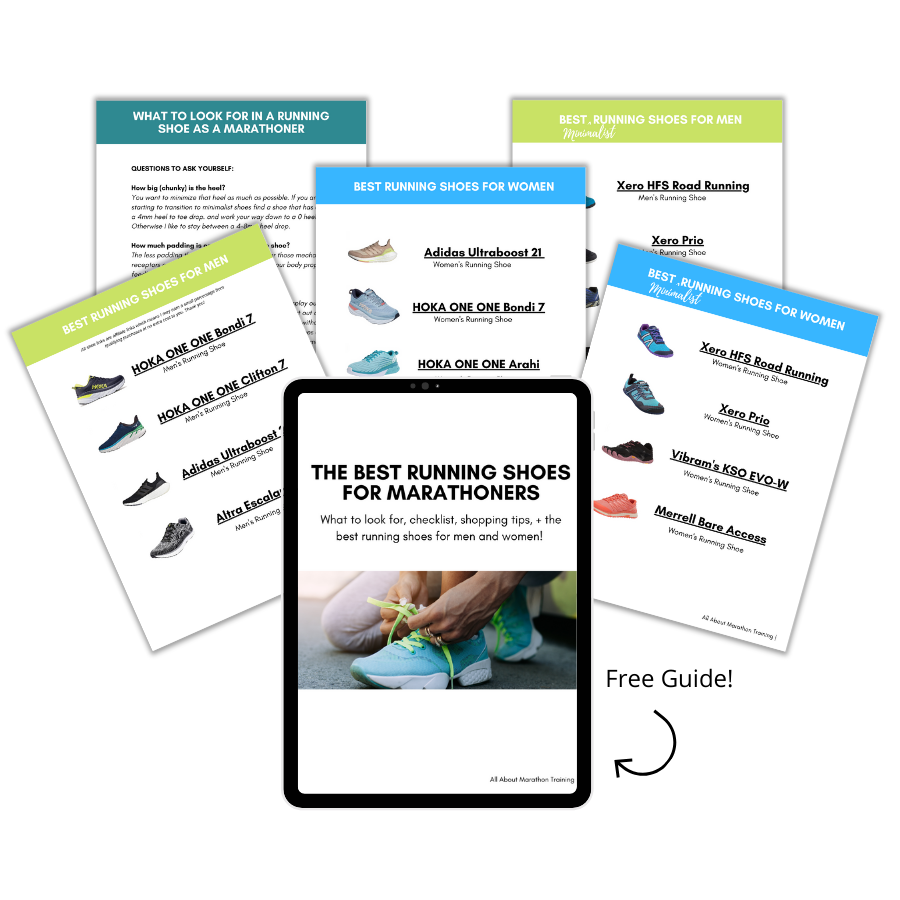
IN CONCLUSION
Remember the goal of finding the best running shoes for you is pain-free-healthy running.
Maybe you aren't able to or don't want to go the minimalist shoe route.
That's ok.
YOU REALLY NEED TO BASE FINDING THE BEST RUNNING SHOES FOR YOU OFF OF THE FOLLOWING QUESTIONS
- How big/chunky is the heel of the shoe?
- Also consider the lugs on the bottom of the shoe. (Those cleat-like knobby things.) Shoes with shorter, 2-4 mm lugs that are closely located, are more suitable for dirt and pavement running.
- Is there a lot of padding between the foot and the ground?
- How wide is the toe-box?
- Is there an arch support?
- Is the length of the shoe big enough?
- Does the shoe have a flexible sole?
- Is the shoe lightweight?
- Is it comfortable?
Only you can answer those questions at the right comfort level for yourself.
From there, check out the options for the best running shoes for men and women. Read the reviews and order a couple pairs to try on.
If you are interested in more minimalist running shoes then I recommend first buying a pair of minimalist shoes just to wear around the house, or even start off with walking around barefoot at home to build and strengthen your natural foot function!
What you do know is that you are going into the search of finding the best running shoes for yourself with the knowledge that you need!
I'd love to hear what is your running shoe choice!
P.S. I also have a list of the best HOKA Running Shoes for Marathoners here!
SUPPORTING ARTICLES
To finish up, feel free to also take a look at these articles that support a return to a more natural running style and minimalist/barefoot running.
Lose your shoes: is barefoot better?
To Run Better: Start by ditching your Nikes
Is your prescription of distance running shoes evidence-based?
Are running shoes a waste of money?
Minimalist Running Shoes - Dr. Nick Campetilli - video
Related Pages:
👋Sign up to receive the free printable strength exercises for runners: 👇
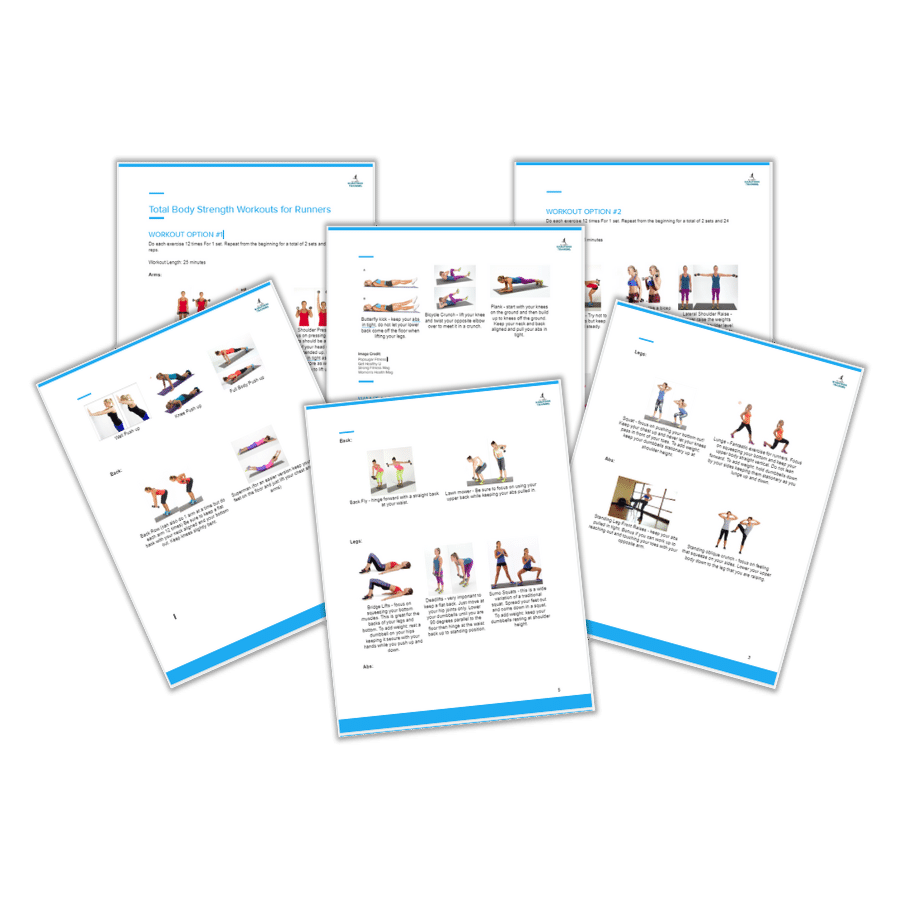 |
Your second block of text...
As featured on:

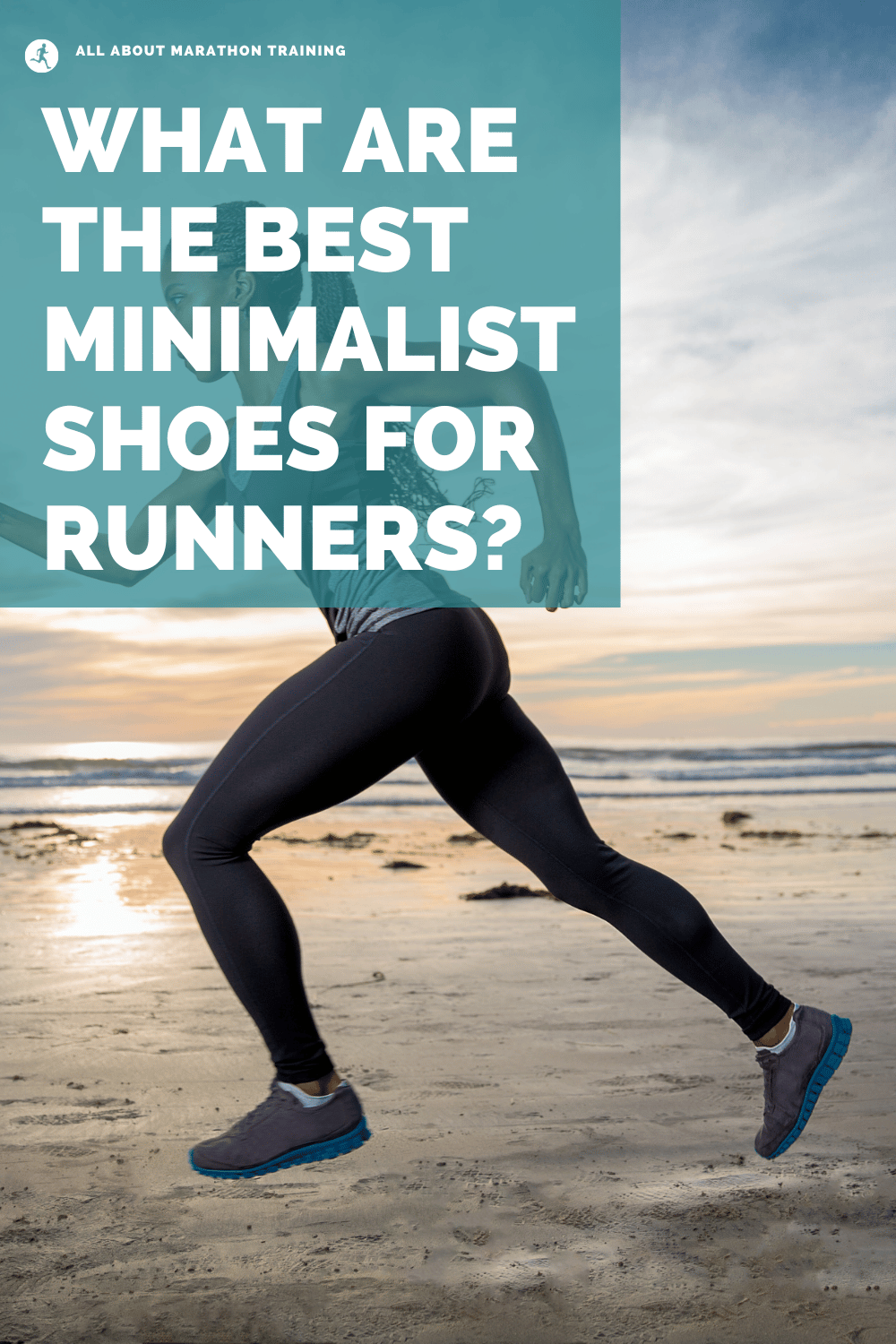
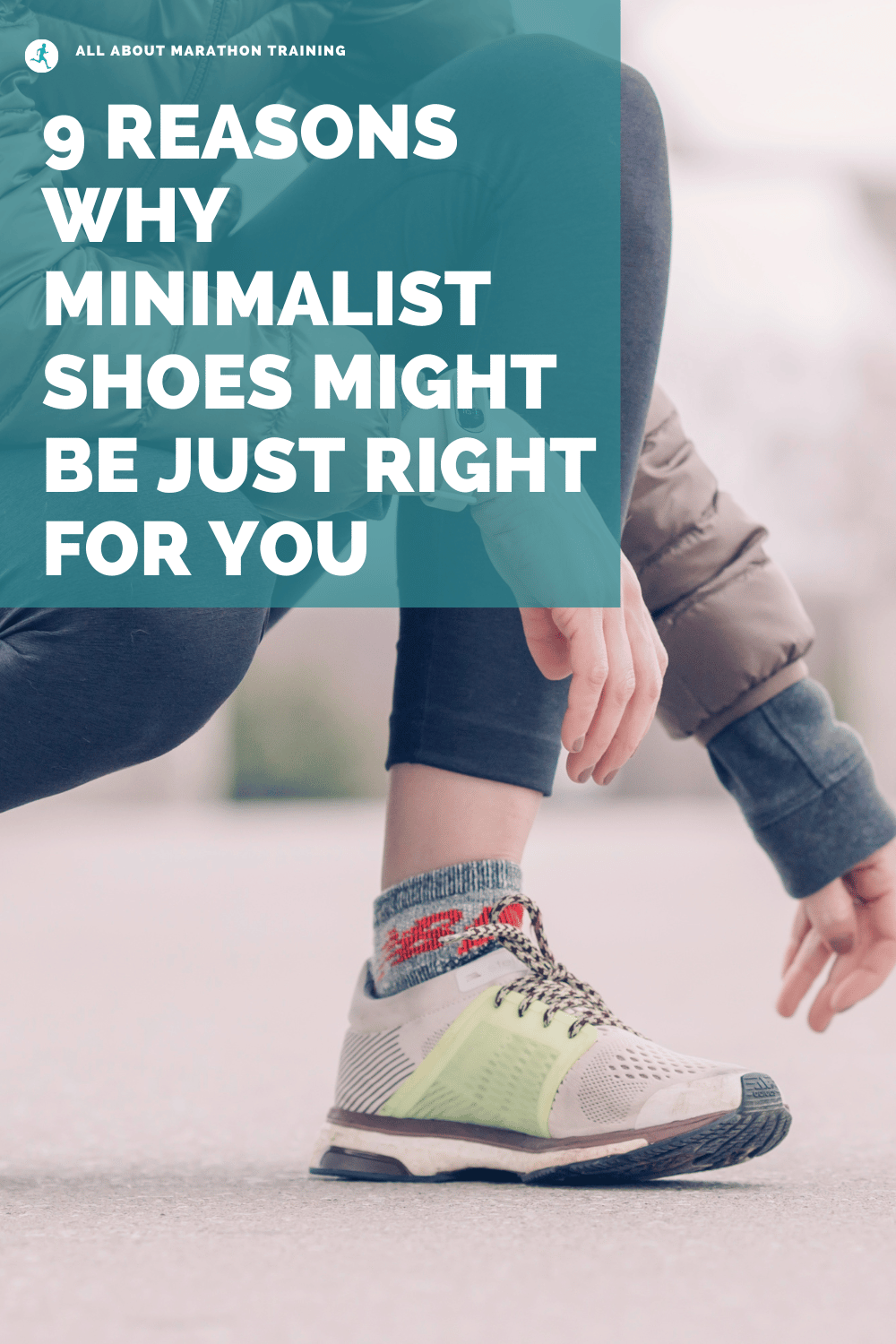
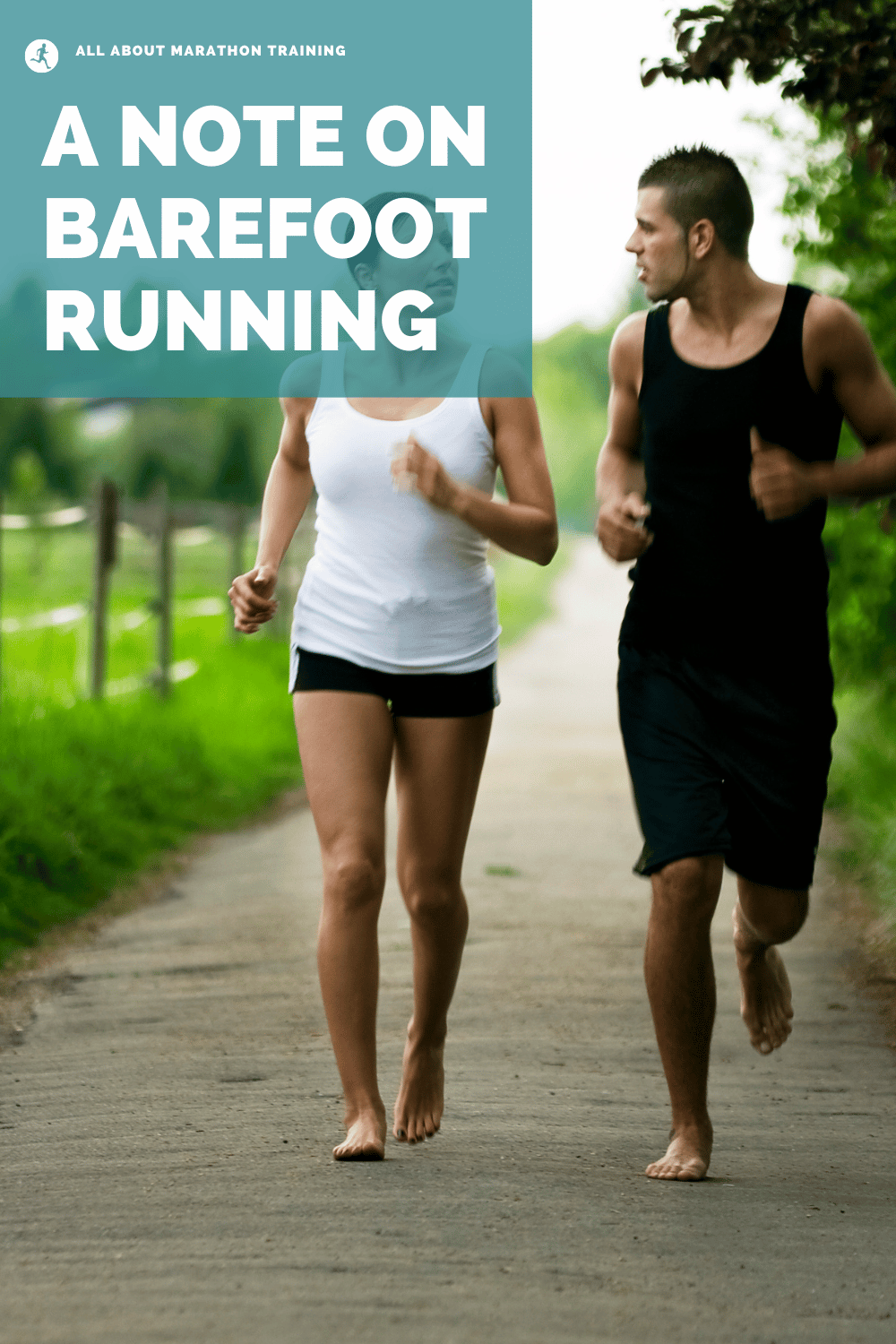

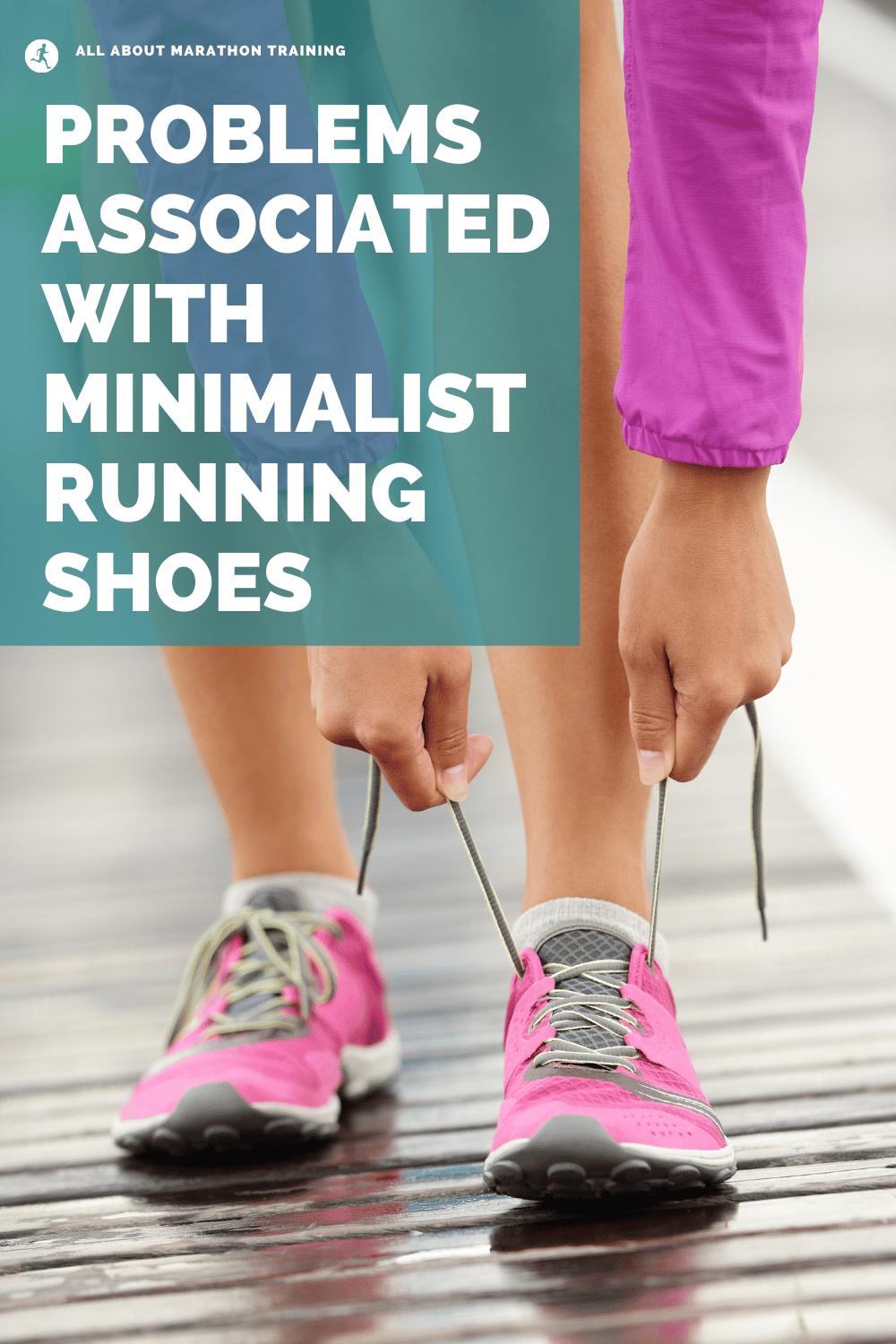
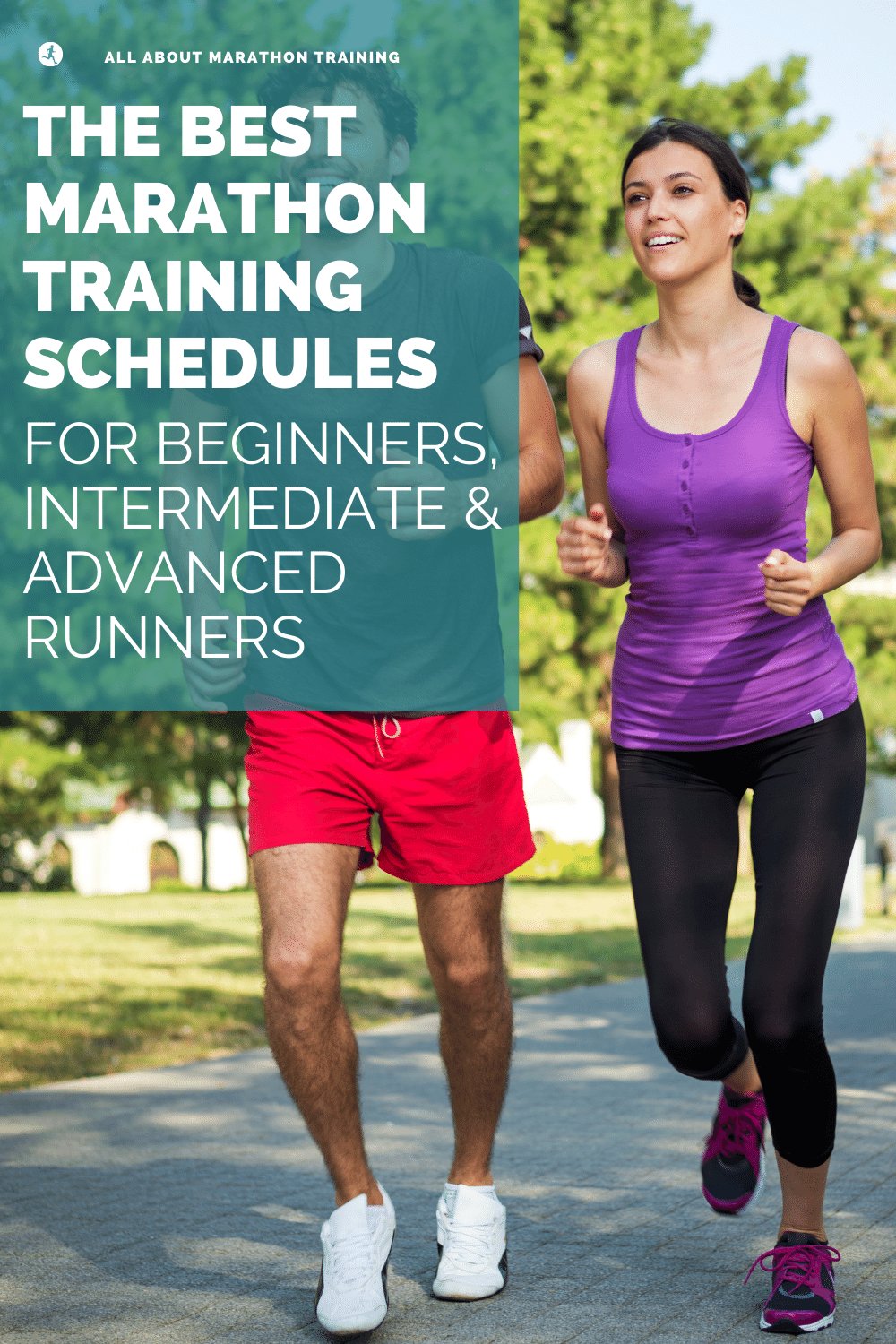
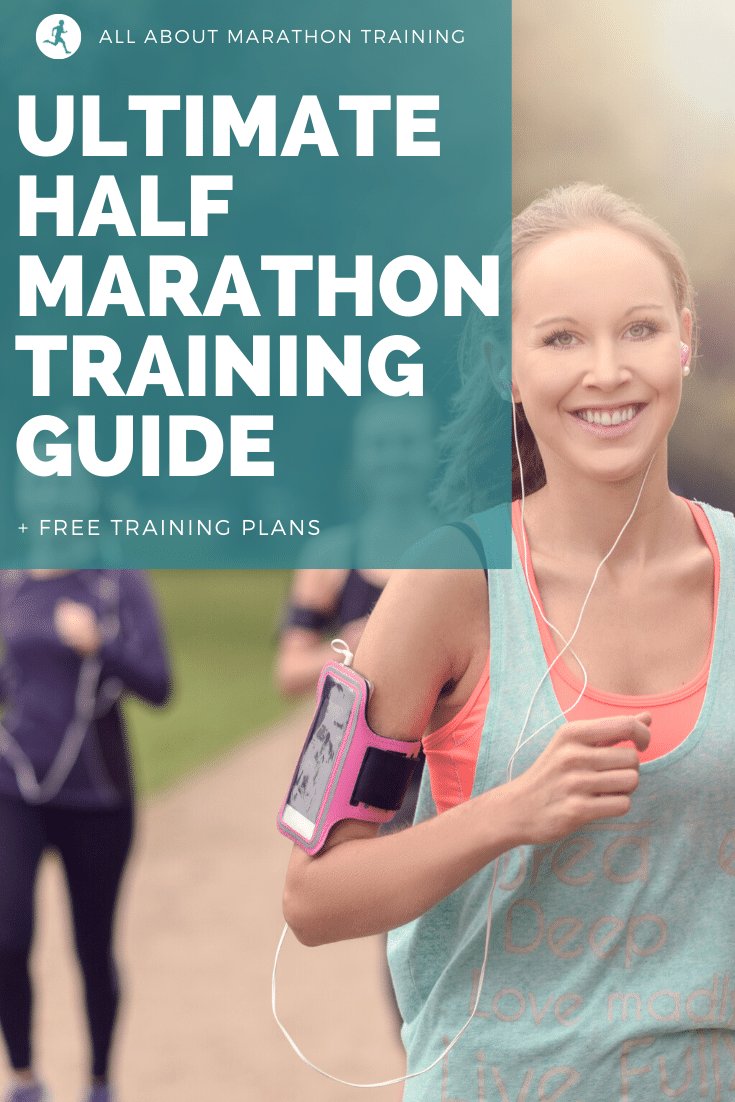
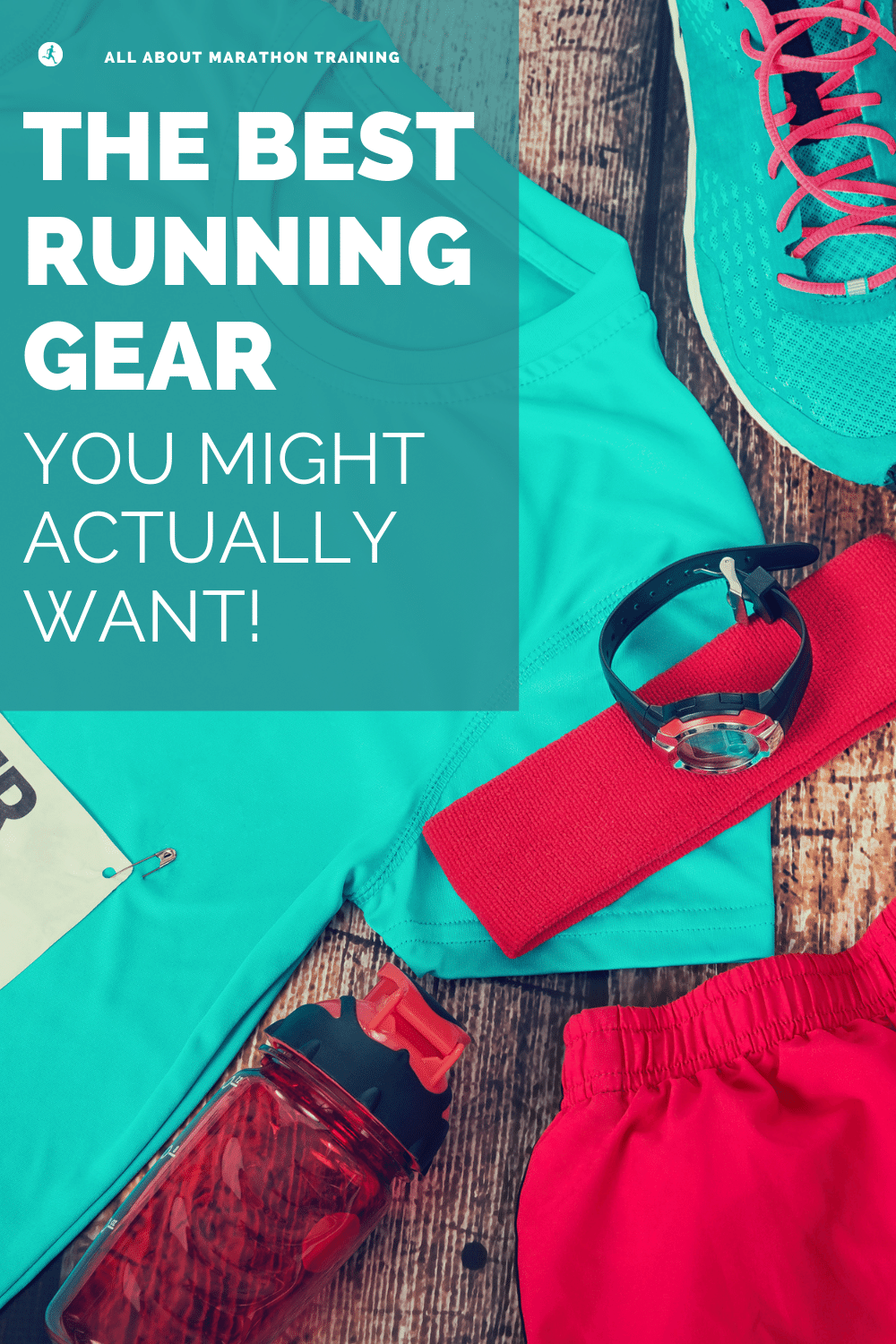
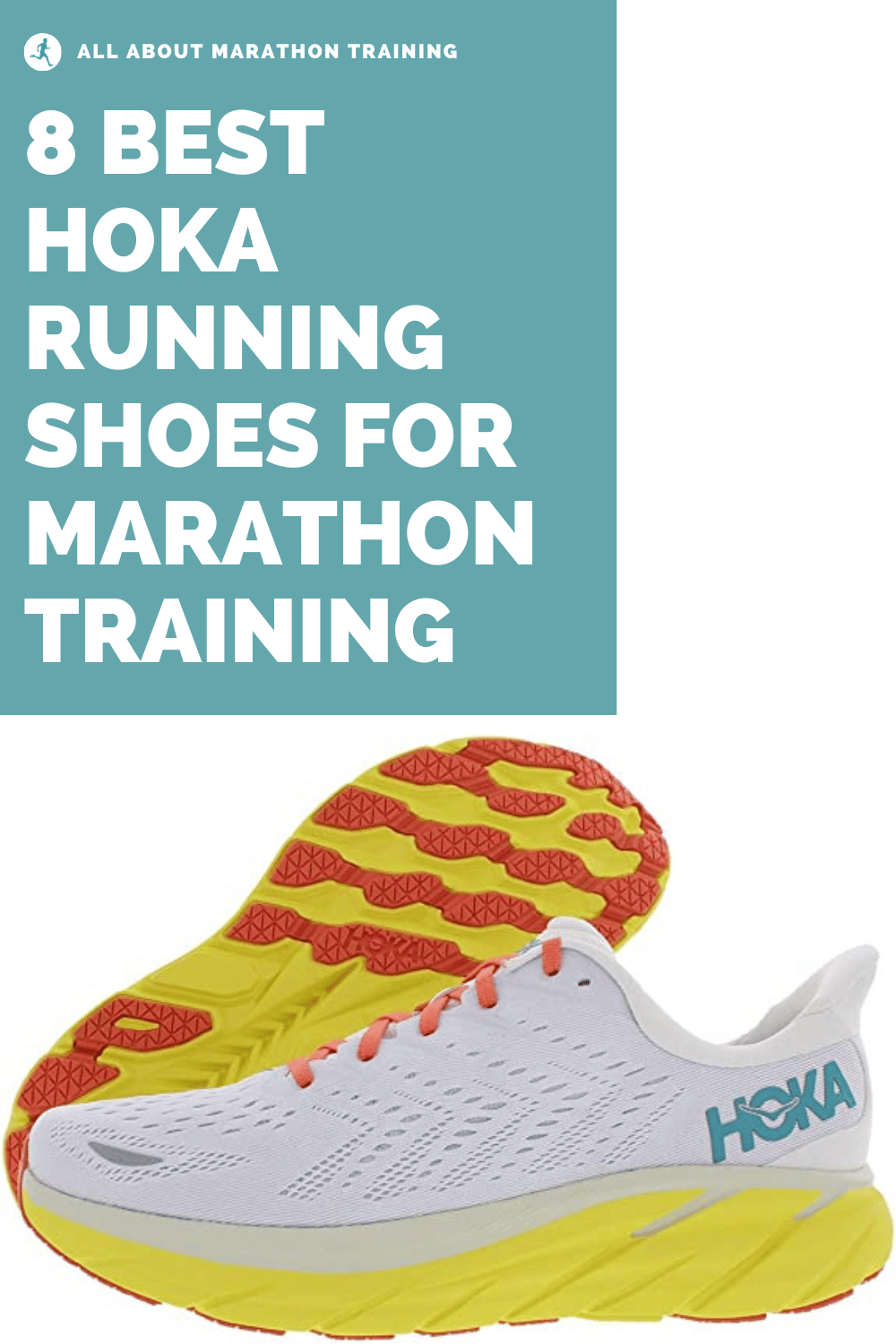

New! Comments
Have your say about what you just read! Leave me a comment in the box below.